This book does not look at the teachers' drive towards their aspirations solely through a historical or chronological recounting of the stages leading to 1919. The teachers' occupation is examined through an analysis of the conditions of work, the methods of recruitment, appointment and classification, teacher training and the development of salaries, all of which help the reader to conceive a clearer picture of what teachers went through while at their daily work within schools. It may also be surprising to note that certain problems concerning teachers evident in the past, are still with us, to some extent or other, even today. The study also entails a detailed enquiry of 19th and early 20th century educational thought about the teachers' role and duties in schools. It is revealing how adjourned Maltese thinkers were with regards to the scope and objectives of education in general and the function of the teacher in particular.
-
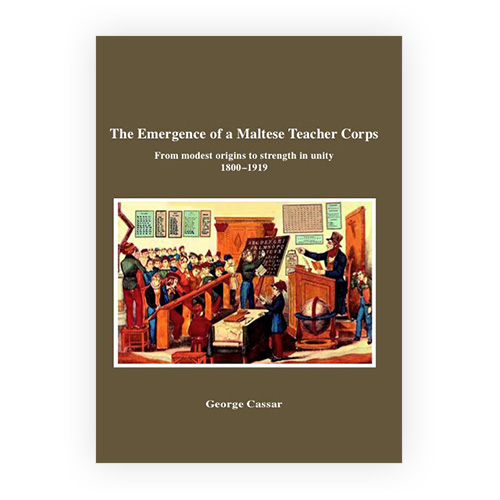
-
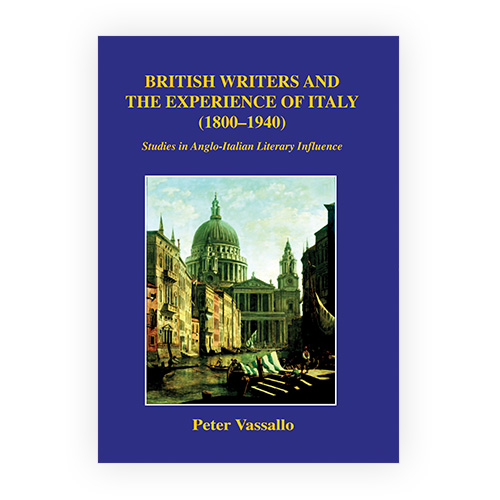 Author: Prof. Peter Vassallo
Author: Prof. Peter VassalloThe essays offered in this book explore some of the significant Romantic and post-Romantic constructions of Italy, its culture and history, beginning with Madame de Stael's seminal Corinne, ou l'Italie (1807), which would prove influential in the aesthetic imagery shaping and surrounding subsequent literary works about Italy. The Italian landscape and cultural scene invited both description and re-inscription by some of the prominent British writers of the nineteenth and early twentieth centuries, who were responding to the fascination exerted upon them by Italian culture generally. The chapters in this book consider the rich texture of this scene of literary and cultural influence, focusing on the perception, representation and appropriation of Italy by some major British writers of the period indicated, among them Lord Byron, Lady Morgan, Percy Shelley, John Keats, George Eliot, John Ruskin, E.M. Forster, D.H. Lawrence and W.B. Yeats.
-
 Author: Prof. Peter Vassallo
Author: Prof. Peter VassalloThe essays offered in this book explore some of the significant Romantic and post-Romantic constructions of Italy, its culture and history, beginning with Madame de Stael's seminal Corinne, ou l'Italie (1807), which would prove influential in the aesthetic imagery shaping and surrounding subsequent literary works about Italy. The Italian landscape and cultural scene invited both description and re-inscription by some of the prominent British writers of the nineteenth and early twentieth centuries, who were responding to the fascination exerted upon them by Italian culture generally. The chapters in this book consider the rich texture of this scene of literary and cultural influence, focusing on the perception, representation and appropriation of Italy by some major British writers of the period indicated, among them Lord Byron, Lady Morgan, Percy Shelley, John Keats, George Eliot, John Ruskin, E.M. Forster, D.H. Lawrence and W.B. Yeats.
-
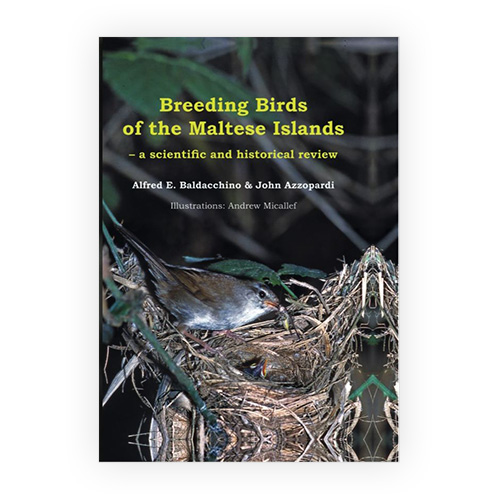 Authors: Alfred E. Baldacchino & John Azzopardi
Authors: Alfred E. Baldacchino & John Azzopardi637 pages (including colour photos, colour paintings and pen drawings)
-
 Author: Alfred E. Baldacchino & John Azzopardi
Author: Alfred E. Baldacchino & John Azzopardi637 pages (including colour photos, colour paintings and pen drawings)
-
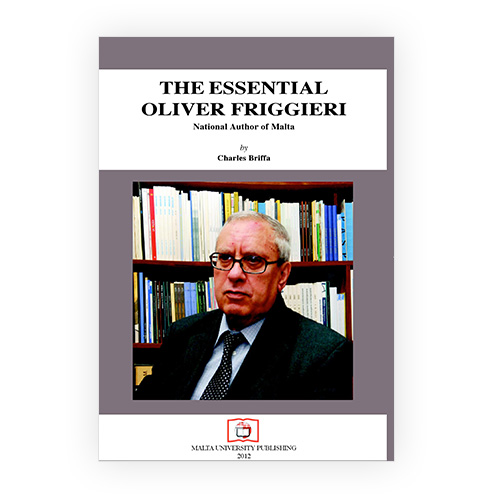 Author: Prof. Charles Briffa
Author: Prof. Charles BriffaOliver Friggieri is Professor of Maltese Literature at the University of Malta, and he is the foremost Maltese literary critic and a national author. He has published extensively and in his creative writing he attempts to intepret the sentiments and attitudes of a people living in the Central Mediterranean. The Essential Oliver Friggieri includes some translated works and implies that the selection is representative of Friggieri’s feelings, thoughts, and mind style in the source culture. It projects a compact, coherent image of him as a relevant contemporary national author: that is, as it embodies an image of some of his most characteristic works, the selection, with no particular arrangement in mind, tends to stabilise the sense among non-Maltese receptor readers of what constitutes the relevant literary output of Friggieri in a modern environment. Through the medium of literature Friggieri assumes the role of the conscience of a nation. He proclaims in traditional positive elements in his longer poetic works, but expresses present negative qualities in his ficton. His prose is not a weapon for war but a cry for justice and honesty. It is simple enough to retain the common readers’ attention and intriguing enough to involve their thinking.
-
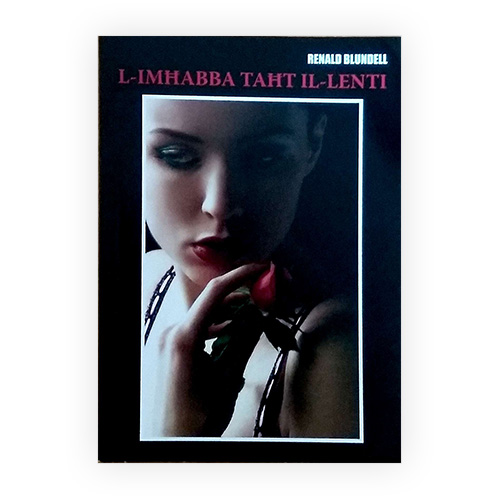
Author: Dr. Renald Blundell
Dr Renald Blundell delves into the question of love in terms of its varied dimensions, namely love being a concept as old as humankind, a fundamental instinct, a conscious choice and eventually a real experience. He manages to fuse into one whole his academic competence achieved through study and his own human perception as acquired in daily life. Thus the author identifies himself with the average reader and eventually induces towards a personal stand. This book provides a sort of handbook which can prove quite practical and useful to teachers, parents and all involoved in education, both civil and religious.
-
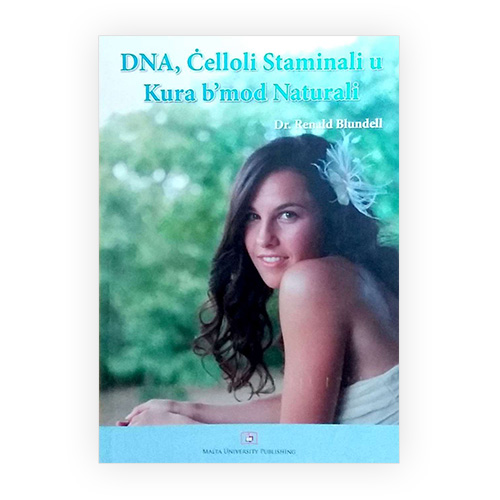 Author: Dr. Renald Blundell
Author: Dr. Renald Blundell2011 – 94 pages (Colour)
-
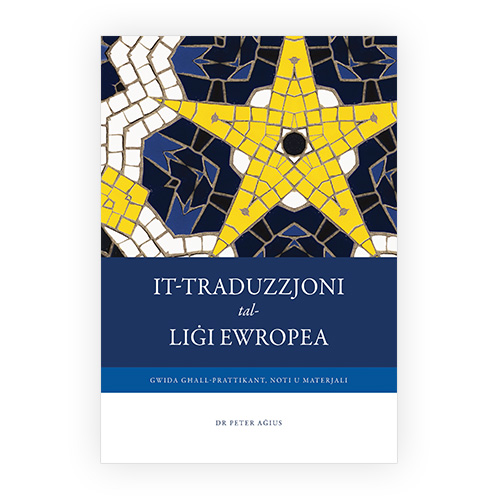 Author: Dr. Peter Aguis 2010 - 263 pp.
Author: Dr. Peter Aguis 2010 - 263 pp. -
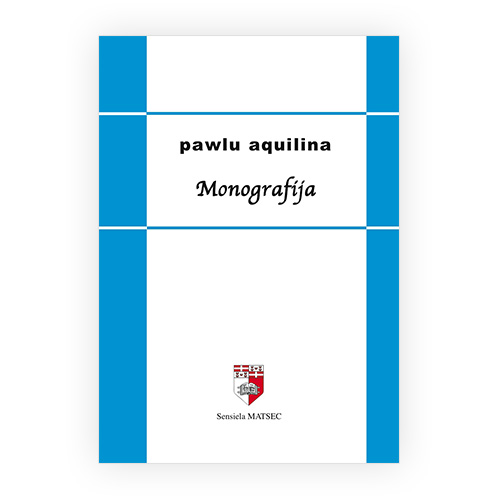 Author: Pawlu Aquilina
Author: Pawlu Aquilina -
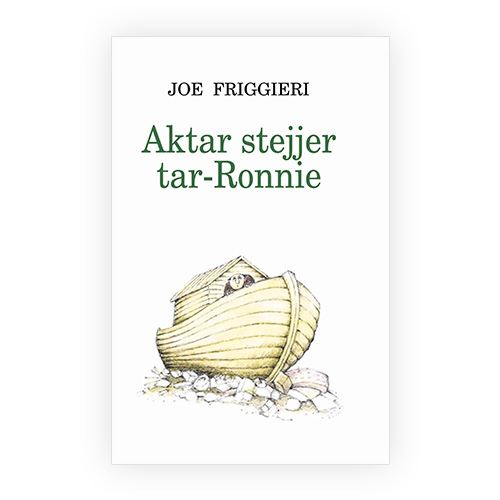 Author: Joe Friggieri 2010 - 132 pp.
Author: Joe Friggieri 2010 - 132 pp. -
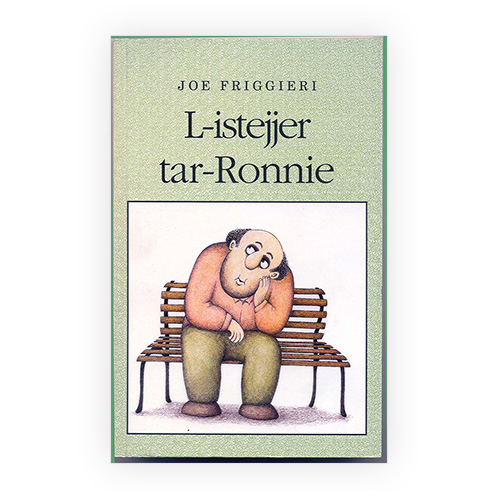 Author: Joe Friggieri 1992 - 184 pp.
Author: Joe Friggieri 1992 - 184 pp.
